The following is from “The Heritage of Blue Hill” (Nebraska) published in 1976. It has a number of biographies of early settlers there.
BIOGRAPHIES FROM THE HERITAGE OF BLUE HILL THE LAIRD FAMILY HISTORY
(Compiled by Bessie L. Fletcher)
The Laird family history must begin in Stevenson County, Illinois, with Colonel Samuel Laird. He became colonel of a regiment of cavalry in the war with Mexico.
Laird was a strong supporter of Abraham Lincoln, whose political antagonist was Stephen A. Douglas. The great question of the day was “slavery, for and against.” Lincoln and Douglas were holding a series of debates, one of which was held at Freeport, Ill., the new county seat and newly established young city in that part of Illinois where the Samuel Laird family lived. The railroad did not extend to Freeport, so the two speakers were met by carriages at the termination of the railroad, and brought to the newly elected speakers stand near Freeport. By unanimous vote and demand Samuel Laird was deputized to meet and bring Lincoln to the scene of the speaking. He drove four white horses, tandem, hitched to a high-seated carryall, on which sat Abraham Lincoln and Samuel Laird, each in long-tailed coats of the dress-up fashion of the day, and high silk hats. The opposing political party, the then Democrats, sent a four horse team of black horses hitched to a carriage, to bring Douglas to the debate.
The eldest son of Samuel Laird, Thomas C. Laird, was a volunteer in the Union Army and served until the close of the war.
Imbued with restlessness, and the hunger for land, the five Laird sons and their sister Mary decided to “Go West.” in 1870, on Nov. 8, Thomas C. Laird and his brother James R. Laird struck out for the West. They bought tickets to Fort Kearny, Nebr., which was as far as the Union Pacific was completed at that time. The young men intended to travel from Kearney to the Republican River in the southern part of Nebraska. They bought a pony, loaded their goods and supplies on it and walked for three days, seeing neither settlers nor Indians. They finally arrived at Spring Ranch, a settlement on the Little Blue River, where they found much needed water and friendly people. These people helped the young men find a claim on Oak Creek, seven miles south of Spring Ranch. Thomas and James built a dugout, in which they lived for some time. Meanwhile two more of the Laird brothers, Will and Rob, together with a friend, John Haines, set out with team and wagon from their home in Illinois. The wagon was well stocked with family belongings. They arrived at the dugout on Jan. 1, 1871. Will and Rob each brought their fiddles with them which helped greatly in the entertainment of themselves and visitors during the long winter evenings. Both brothers played the violins very well and played for dances held in homes of other homesteaders. Will Laird was hired to play for the two-day dancing at the county seat at Red Cloud, 30 miles away. The dance was held in a large arbor, built of green boughs. Everything was going merrily along, until suddenly a herd of buffalo came down through main street. That broke up the dance and celebration as every man who could get a gun, or horse or conveyance of any kind, went on the buffalo hunt. Buffalo meat was greatly prized by the settlers.
These four Laird brothers and their friend were the only settlers in Oak Creek that winter. They divided their section lengthwise from east to west, making each farm a mile long and one-fourth mile wide. By doing so each had running water and a good stand of timber. Paschal, only 17 and too young to take a claim joined the others in May, 1871. The sister, Mary, soon came West to make the migration complete.
The men were busy building houses. Will got out saw timber for a frame house, with the help of his brothers and John Haines. Tom had the original dugout and Rob built a log house. Later Tom built a log house, then after a few years, a very comfortable and commodious sod house. Rob and Paschal each built a sod house before they were married.
In 1871 Tom was married to Mary Bell and Will to Margaret Murdaugh. The men journeyed to Freeport for the weddings. Mary Laird married a homesteader, Cetie Riley and James married Mary Murdaugh in 1880. The next weddings in the family were those of Rob and Paschal, who married sisters, Ellen and Elizabeth Leetsch, daughters of Mr. and Mrs. William Leetsch, homesteaders of Crooked Creek, about four miles west of Oak Creek.
These early settlers planted corn, barley, spring wheat, melons, beans and garden. A scourge of grasshoppers took their crops several times, but Eastern relatives tided the people over until they could raise crops. Prairie fires, coming over the great expanse of the south, and blasted along by the high south winds, did a great deal of damage. Rob’s homestead was at the southern edge of the prairie and he was burned out three times.
The Laird brothers were outstanding in Webster County history in many ways, but the most outstanding was that they were five brothers from one family to take an active part in pioneering.
The descendants of these five Laird brothers of Oak Creek are many, among whom are teachers, dentists, doctors, merchants, farmers, engineers, etc., and many who have served in the armed forces of their country.
A flagpole was placed in the new Blue Hill Park in the Bicentennial Year of the United States and dedicated to the memory of Bruce Laird, a World War I veteran, and a life-long resident of Blue Hill.



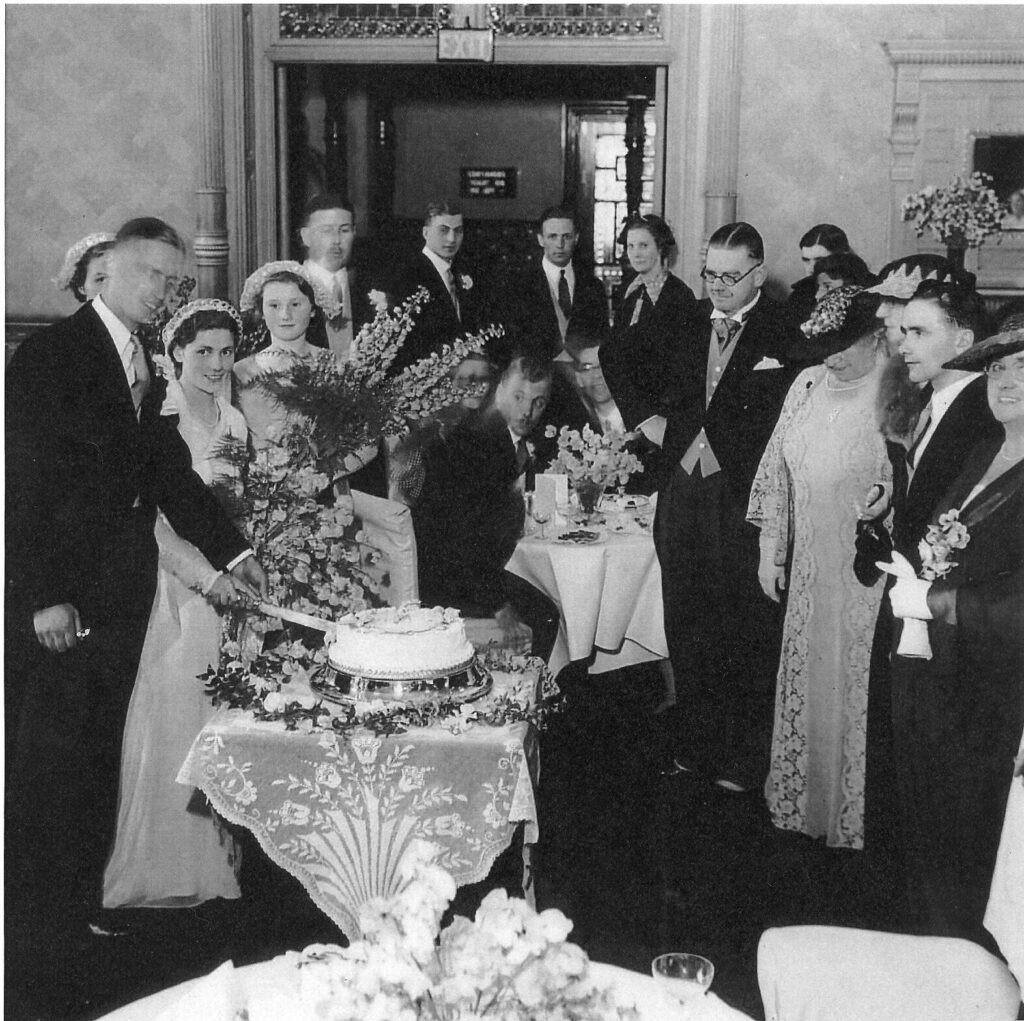
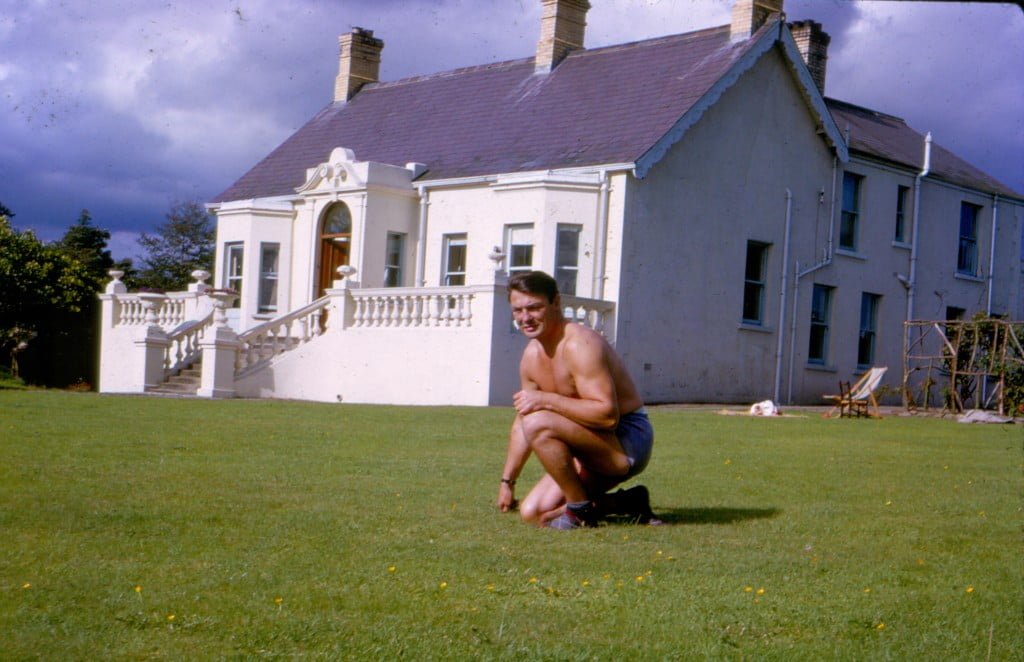

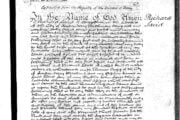
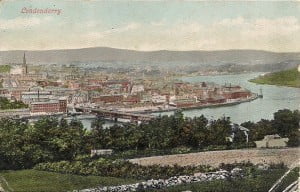



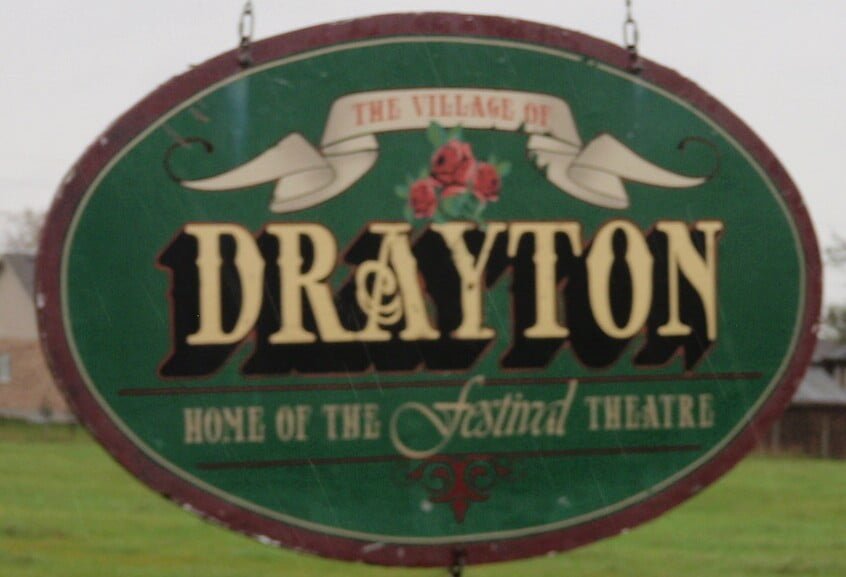

1 Comments
cmlaird
Bessie (Laird) Fletcher was my great aunt. I am trying to find any connection between the Pennsylvania Laird linneage that she documented and their ancestors in Northern Ireland and/or Scotland. To the best of my knowledge, my direct ancestors, a James (b ~1686) and Jane Laird (and possibly their sons William and Hugh) emigrated out of Ireland to Philadelphia (and then on to Pennsylvania) as early as 1729 or as late as 1737 (less likely). They were likely preceded to the New World by their children James (Jr), John, Mary and Martha. Some genealogy sites have James and Jane marrying around 1728 in Ireland, but this would have been too late to have grown children preceding them to America.
Does anyone have any information on this Laird lineage?
Does anyone know of any birth or marraige records on the Lairds in Northern Ireland that would be available this far back?
If anyone can help, please contact me at claude.m.laird@gmail.com.
Thank you for this web site
Claude M. Laird